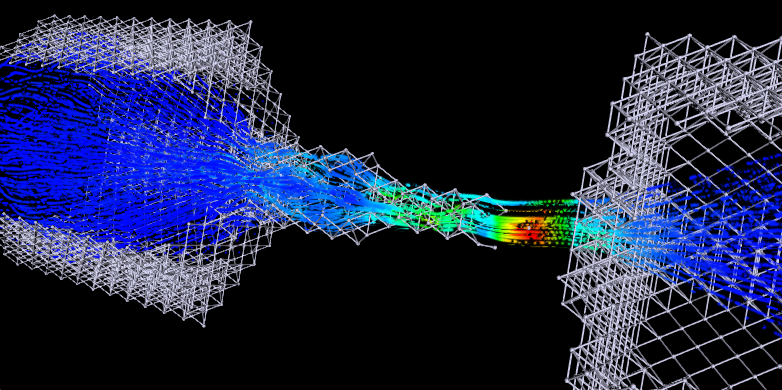Computational Nanoelectronics
The Computational Nanoelectronics group was established in 2011. It develops and applies numerical algorithms to investigate nanodevices ranging from next generation transistors to thermoelectric generators and optoelectronic devices. While theories based on classical physics have been very successful in helping experimentalists design microelectronic devices, new approaches based on quantum mechanics are required to accurately model today nanoscale transistors and solar cells and to predict their characteristics even before they are fabricated. As simulation tool, we use OMEN, a state-of-the-art, massively parallel, quantum transport solver. OMEN was the first full-band, atomistic, and multi-dimensional device simulator capable of treating realistically extended nanostructures. It has been tested up to 220'000 cores on some of the largest available supercomputers, reaching a sustained performance of more than 1 Petaflop/s, while investigating nanowire, ultra-thin-body, graphene nanoribbon, carbon nanotube field-effect and band-to-band tunneling transistors. By further extending the physical models of OMEN and by applying them to novel structures, we expect to discover new phenomena governing the behavior of nanoelectronic devices and bring new insight into their physics.
